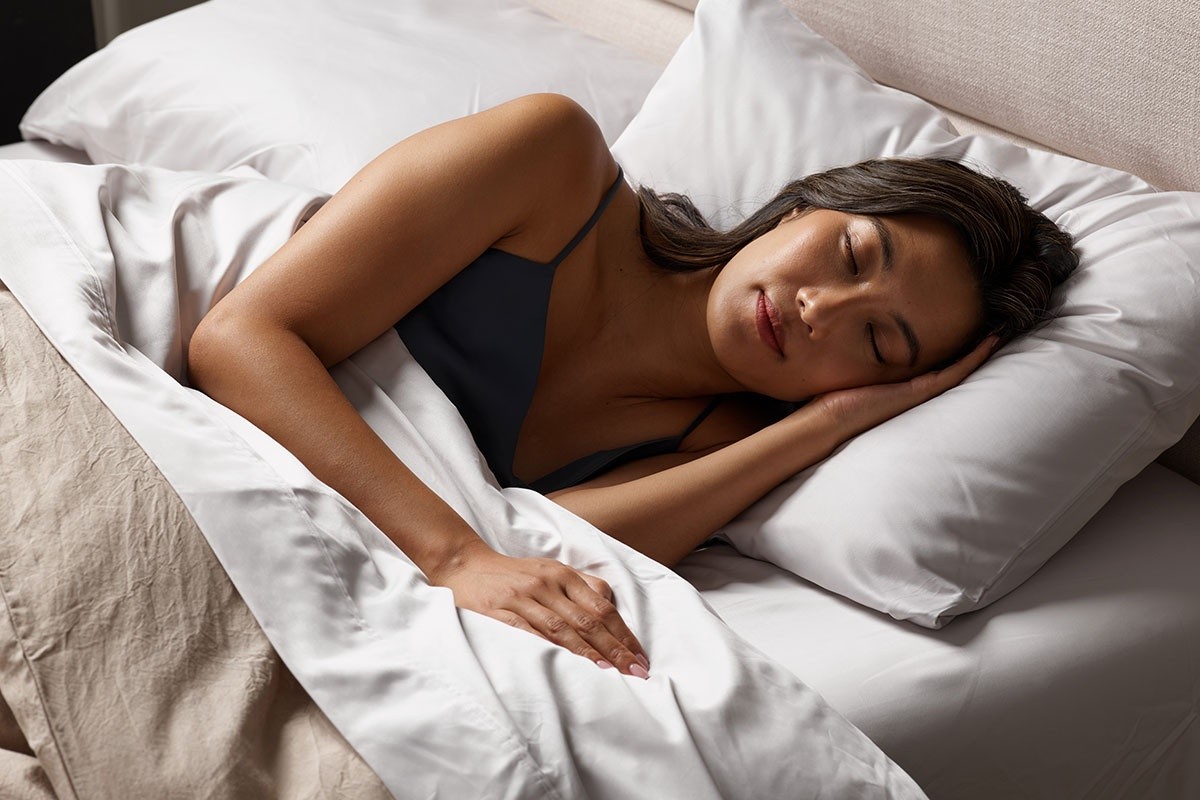Perfecting the Afternoon Nap
— by Tempur-Pedic on Oct 3, 2022
We’ve all been there – tired and yawning at our desks, wishing we had gained just a few more hours of sleep the night before. While maintaining a good nighttime routine is essential for getting enough sleep each night, many turn to napping as the solution to their daytime drowsiness. Napping can be an excellent addition to your schedule if you're someone who struggles with relaxing, fatigue, performance output, memory, mood changes, and so much more. However, napping isn’t for everyone and can cause more harm than good if not utilized correctly. But what's the right way to nap, and do the pros outweigh the cons?

When should you nap?
Napping is beneficial when you’re experiencing fatigue, prepping for a long trip or work shift, are sick, or want to incorporate them into your daily routine.*** Sleep refreshes your body, giving you the energy to tackle the day’s work or recover from a hard gym session. Napping can reduce sleepiness, improve learning, aid memory formation, and regulate emotions, making it the perfect outlet for those days you feel overworked.* Napping may adversely affect those with insomnia because it can worsen issues these sleepers already wrestle with, including falling asleep and staying asleep.*
How long should you nap?
Many factors, including your age, routine, and why you're resting, can influence the length of your ideal nap. For example, a growing toddler will need a much longer nap than a fully developed 25-year-old. And a quick snooze to curb sleep deprivation will be much shorter than a nap for someone sick with the flu.
If you're an average, healthy adult looking for a quick pick-me-up or power boost, the ideal length of your nap should be around 10-20 minutes long.* While this may seem like an incredibly short nap compared to naps during your teen years, leading experts in the field conclude that 10-20 minutes is just long enough for your body to feel refreshed and re-energized. This time frame prevents you from experiencing the grogginess of sleep inertia, which is the period of drowsiness after waking up from deeper sleep.**
By taking a shorter nap and preventing yourself from reaching those deeper stages, you’re less likely to feel groggy when you wake up. Sleepers who nap longer than this recommended time may do more harm than good, potentially facing problems with sleep later that night.
What makes an ideal nap?
The best naps happen before 3 pm to prevent any interference with your nightly slumber. They are also short, roughly 10-20 minutes long, giving you enough time to take advantage of the benefits of napping. Your napping environment should promote healthy sleep; nap somewhere quiet, dark, and at a suitable sleeping temperature (around 68-70 degrees Fahrenheit). Because of school or work, we understand you can’t always nap in your bed, making it difficult to eliminate all noises and distractions (which can be difficult even in your own home)! In this case, grab an eye mask and earplugs for peace and quiet on the go so you can nap anywhere, anytime. Check out our TEMPUR-Sleep Mask for the soothing comfort of TEMPUR-Material™ in a sleep mask.
With these tips in mind, instantly take your nap from regular to revolutionary!
Sources:
** Mayo Clinic



